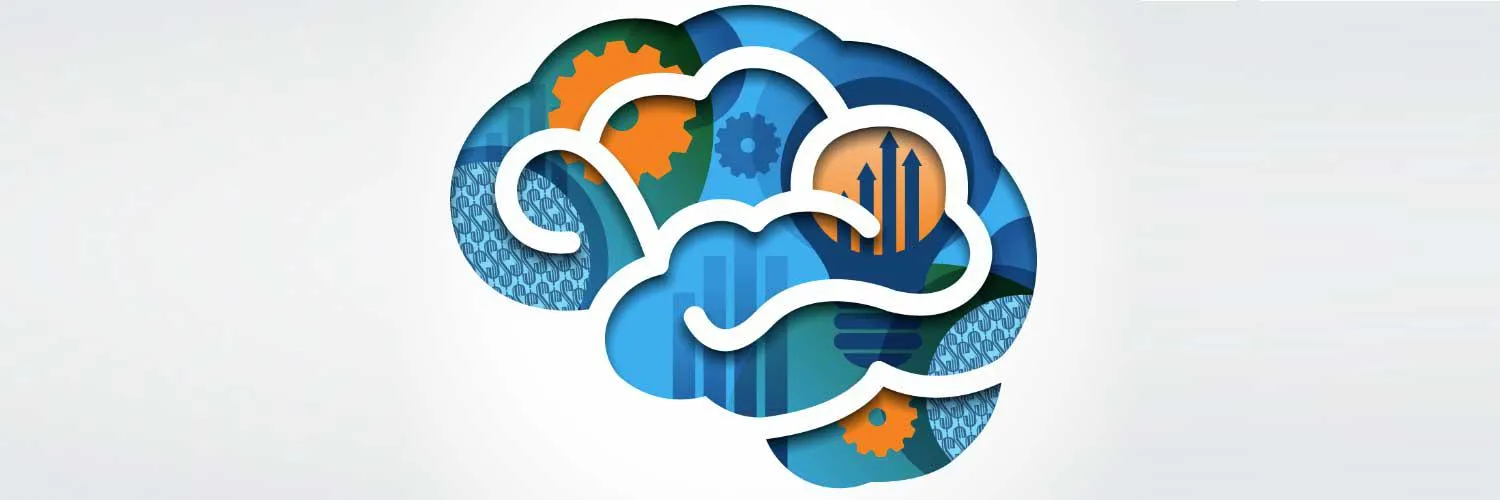Cognitive bias refers to the systematic patterns of deviation from norm or rationality in judgment, whereby inferences about other people and situations may be drawn in an illogical fashion. These biases can significantly impact decision-making processes in the workplace, leading to suboptimal outcomes. Understanding cognitive biases is essential for professionals looking to improve their work performance and decision-making abilities.
Common Types of Cognitive Biases in the Workplace
In the professional environment, various cognitive biases can influence how employees perceive situations and make decisions. Here are some of the most common types:
| Cognitive Bias | Description | Impact on Work |
|---|---|---|
| Confirmation Bias | The tendency to search for, interpret, and remember information that confirms one’s preconceptions. | Leads to ignoring contradictory evidence, resulting in poor decision-making. |
| Anchoring Bias | The reliance on the first piece of information encountered when making decisions. | Can skew negotiations or assessments based on initial data points. |
| Overconfidence Bias | The tendency to overestimate one’s own abilities and knowledge. | May result in taking unnecessary risks or making uninformed decisions. |
| Availability Heuristic | Making decisions based on immediate examples that come to mind. | Can lead to misjudging the likelihood of events based on recent experiences. |
Recognizing these biases is the first step toward mitigating their effects on decision-making at work. Being aware of how your mind can play tricks on you is crucial in creating a more rational and effective work environment.
How Cognitive Biases Affect Team Dynamics
Cognitive biases not only impact individual decision-making but also significantly affect team dynamics. For instance, confirmation bias can lead team members to reinforce each other's existing beliefs rather than challenge them, stifling innovation and creativity. Overconfidence bias can result in teams taking on projects that are beyond their capacity, leading to burnout and failure.
Additionally, the anchoring bias can create situations where team discussions are dominated by the first proposal made, regardless of its merit. This can lead to groupthink, where the desire for harmony in a group results in irrational or dysfunctional decision-making outcomes.
Strategies to Overcome Cognitive Biases at Work
Overcoming cognitive biases requires conscious effort and strategic implementation. Here are some effective methods to counteract these biases in a work setting:
1. Foster a Culture of Open Communication
Encourage team members to voice their opinions and challenge existing ideas. This can help reduce confirmation bias as diverse viewpoints are considered, leading to better decision-making.
2. Utilize Data-Driven Decision Making
Base decisions on data rather than assumptions. Analyzing relevant data can help counteract biases like overconfidence and anchoring, ensuring that decisions are made based on facts rather than feelings.
3. Conduct Regular Bias Training
Implement training sessions focused on cognitive biases. Educating employees about these biases will raise awareness and help them recognize their own tendencies, making it easier to correct them.
4. Encourage Critical Thinking
Promote an environment where critical thinking is valued. Encourage employees to question assumptions and analyze situations from multiple angles, which can combat biases like the availability heuristic.
5. Seek External Perspectives
Bringing in external consultants or advisors can provide a fresh perspective that helps to identify biases within the team. This outside view can often highlight issues that those within the organization may overlook.
Conclusion
Cognitive biases are an inevitable part of human nature, and they can significantly affect decision-making and team dynamics in the workplace. By recognizing these biases and implementing strategies to overcome them, organizations can create a more productive and rational working environment. Understanding how your mind plays tricks on you is not only enlightening but also essential for fostering innovation and improving overall workplace efficiency.
Being proactive in addressing cognitive biases can lead to enhanced collaboration, better decision-making, and ultimately, a more successful organization. Emphasizing the importance of awareness and strategic interventions will empower employees to make informed decisions, paving the way for a thriving workplace culture.





